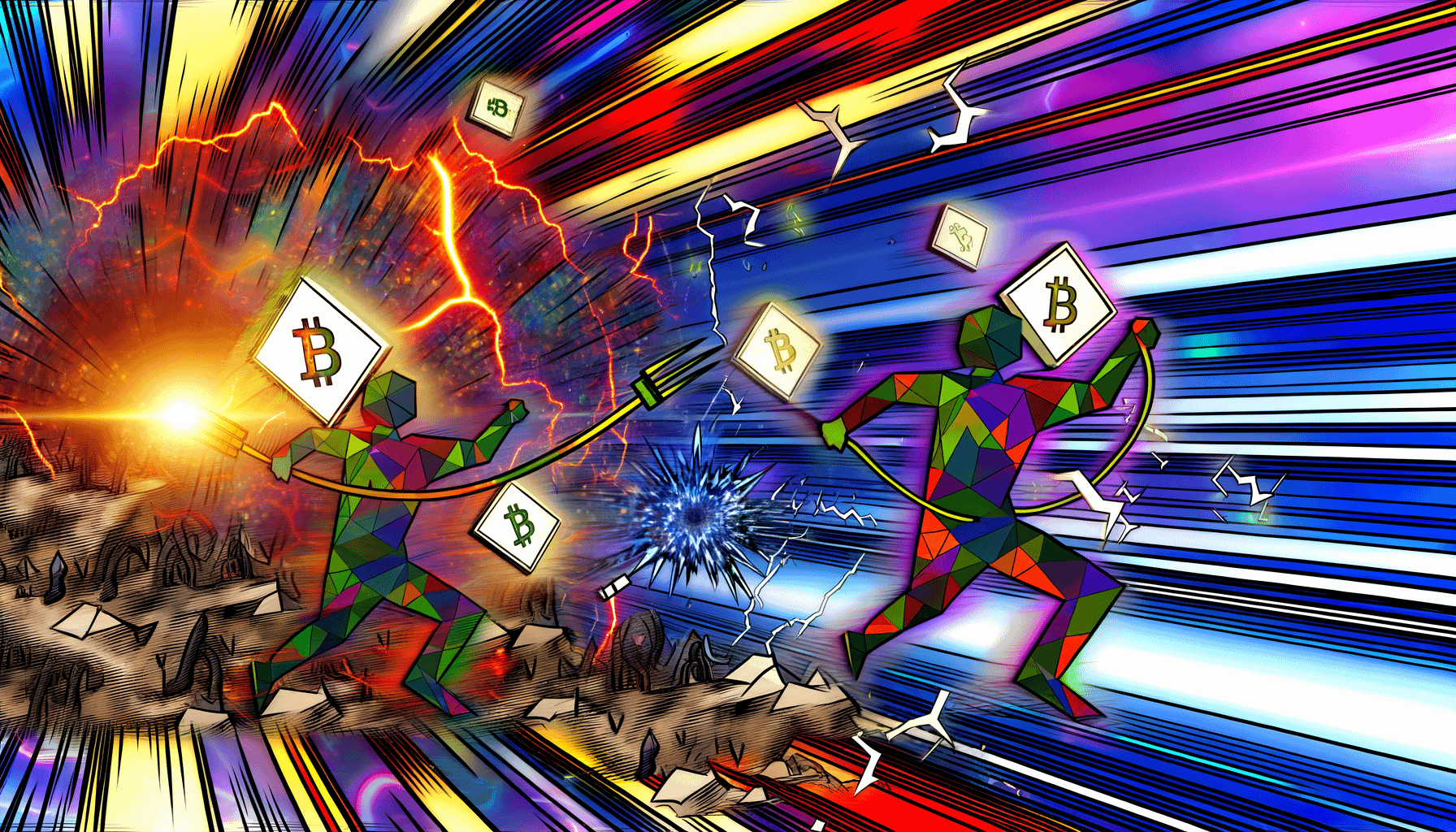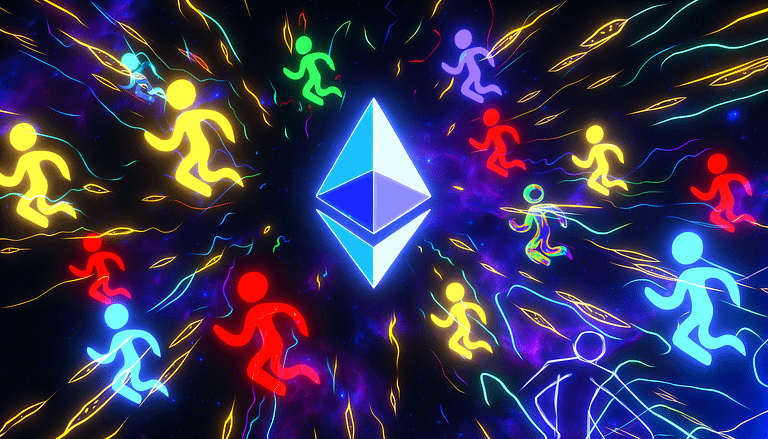Bitcoin Nears Cap: 19.5M Mined, Race to 2140 Intensifies
In A Nutshell
Bitcoin mining represents the core process for transaction validation and the introduction of new bitcoins into circulation within the Bitcoin network. With approximately 19.5 million bitcoins already in circulation out of a total 21 million, the focus shifts to the intricate details of mining, including the effort, time, and resources required to mine a single bitcoin. This exploration also touches on the evolution of mining difficulty, the concept of mining pools, and the feasibility of solo mining in the current landscape.
Understanding Bitcoin Mining
Bitcoin mining serves as the decentralized mechanism that both secures transaction verification on the blockchain and introduces new bitcoins into the system. Miners engage in a computational race to find a specific 64-digit hexadecimal number (a hash) that adheres to the network’s difficulty criterion. This process, known as hashing, demands significant computational power to sift through possible hashes. Upon discovering the correct hash, the miner validates a block of transactions, earning a block reward in the form of new bitcoins.
The mining difficulty adjusts every 2,016 blocks, responding to the total mining power of the network to ensure a steady production rate of new blocks. Furthermore, Bitcoin employs the SHA-256 hashing algorithm, a staple in cryptographic security, underscoring the robustness of its transaction verification process.
Mining Difficulty and Rewards
The mining landscape has evolved, marked by the halving events that slash the block reward by half approximately every four years. From a reward of 6.25 bitcoins, the amount has halved to 3.125 bitcoins per block, illustrating a deliberate design to instill digital scarcity. This scarcity mechanism ensures the longevity and value preservation of Bitcoin, projecting its cap attainment around the year 2140. Beyond this point, miners will rely on transaction fees as their reward, shifting the economic model of mining.
Timeframe for Mining A Single Bitcoin
Mining a single Bitcoin is a feat influenced by numerous factors, including mining difficulty and the miner’s hardware capability. The average block time in the Bitcoin network is 10 minutes, yet this figure represents the time to mine 3.125 bitcoins rather than a single bitcoin. Given the collective power required to mine a block, individual miners often join forces in mining pools to stand a chance in the competitive landscape.
Exploring Mining Pools
Mining pools are collectives where miners combine their computational resources to increase their odds of finding the correct hash. Rewards are then distributed proportionally to the contributed hash rate. These pools offer various payout schemes, such as proportional, pay per last N groups, and pay-per-share, each with distinct methods for reward allocation. Solo mining, by contrast, is nearly unfeasible for individuals due to the sheer computational power required to compete on a global scale.
The Reality of Mining Without Investment
Venturing into Bitcoin mining without financial investment remains highly improbable. The process demands significant electricity and sophisticated hardware, both requiring upfront and ongoing investment. Additionally, the notion of mining 1 Bitcoin per day without investment is unrealistic, given the competitive and resource-intensive nature of mining operations.
Our Take
The landscape of Bitcoin mining is one of complexity, competitiveness, and significant resource demand. While the allure of mining and its rewards is undeniable, the reality necessitates a careful consideration of investment, both in terms of time and resources. For those contemplating mining, an understanding of the underlying technology, market dynamics, and mining strategies is essential. As the network evolves, so too does the mining ecosystem, demanding adaptability and a nuanced approach from participants.







